It’s not easy being an old guy in today’s cycling world of 10 grand bikes, 300 Euro shoes, through-axles, rotor diameters, a dozen sprockets, electric gears… and ‘Zwift.’ But unless we wish to be tagged ‘dinosaur’ we have to keep up. Fortunately, I used to be runner in the Six Day world for former World Scratch and Madison Champion, rapid roadman sprinter, not to mention Berlin, Bremen, Copenhagen, Gent and Grenoble Six Day winner, Denmark’s Alex Rasmussen.
Alex just happens to be Zwift’s ‘man in Scandinavia’ – no-one better to ask about e-racing.
And whilst we have him on Skype, let’s ask a few questions about what he’s been doing since he quit racing two years ago…
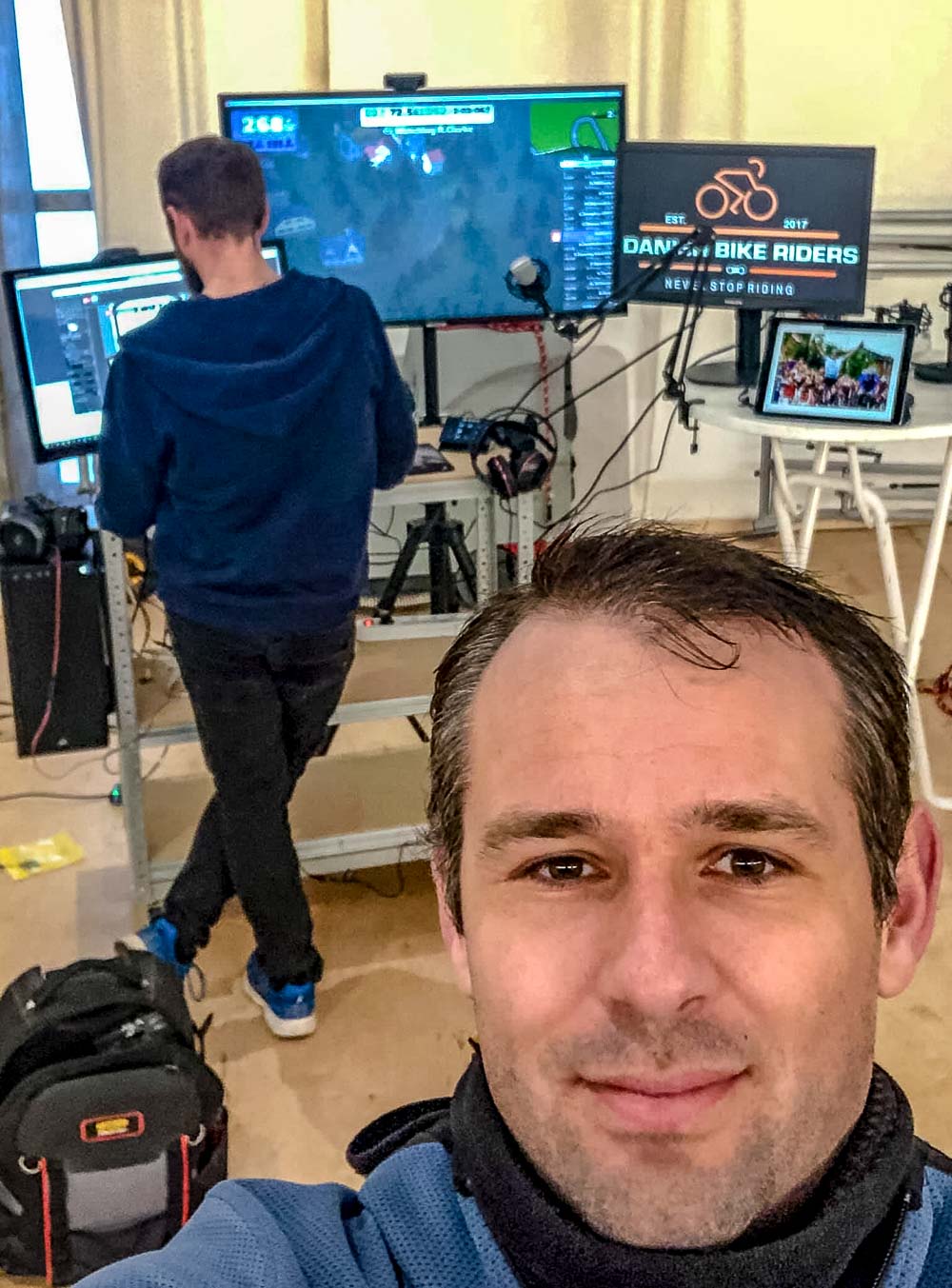
How was it for you adapting to life outside the bubble of full time cycling?
“Very difficult.
“After I stopped I didn’t speak to anyone in the cycling world for a year and more – really until I made the connection with Zwift.
“My father was a cyclist and coach so I was always around the sport and started racing at six years-of-age.
“I took a break from cycling for two years when I was 12/13 years-old and went to play ice hockey.
“I wasn’t as good at that as I was at cycling so went back to the bike, by the time I was 16 years-old I was getting results on the track and decided I wanted to be world champion.”
The hi-lites of your career?
“Winning the World Scratch Championships for the first time in LA, 2005 was really nice and so too was taking Olympic silver in Beijing in the team pursuit in 2008.
“But it’s not just the results; being part of the Giro ‘big start’ in Denmark in 2012 was something special and I’m really looking forward to the Tour de France coming to Denmark in 2021.
“It’s a special atmosphere when a Grand Tour starts outside of home shores.”
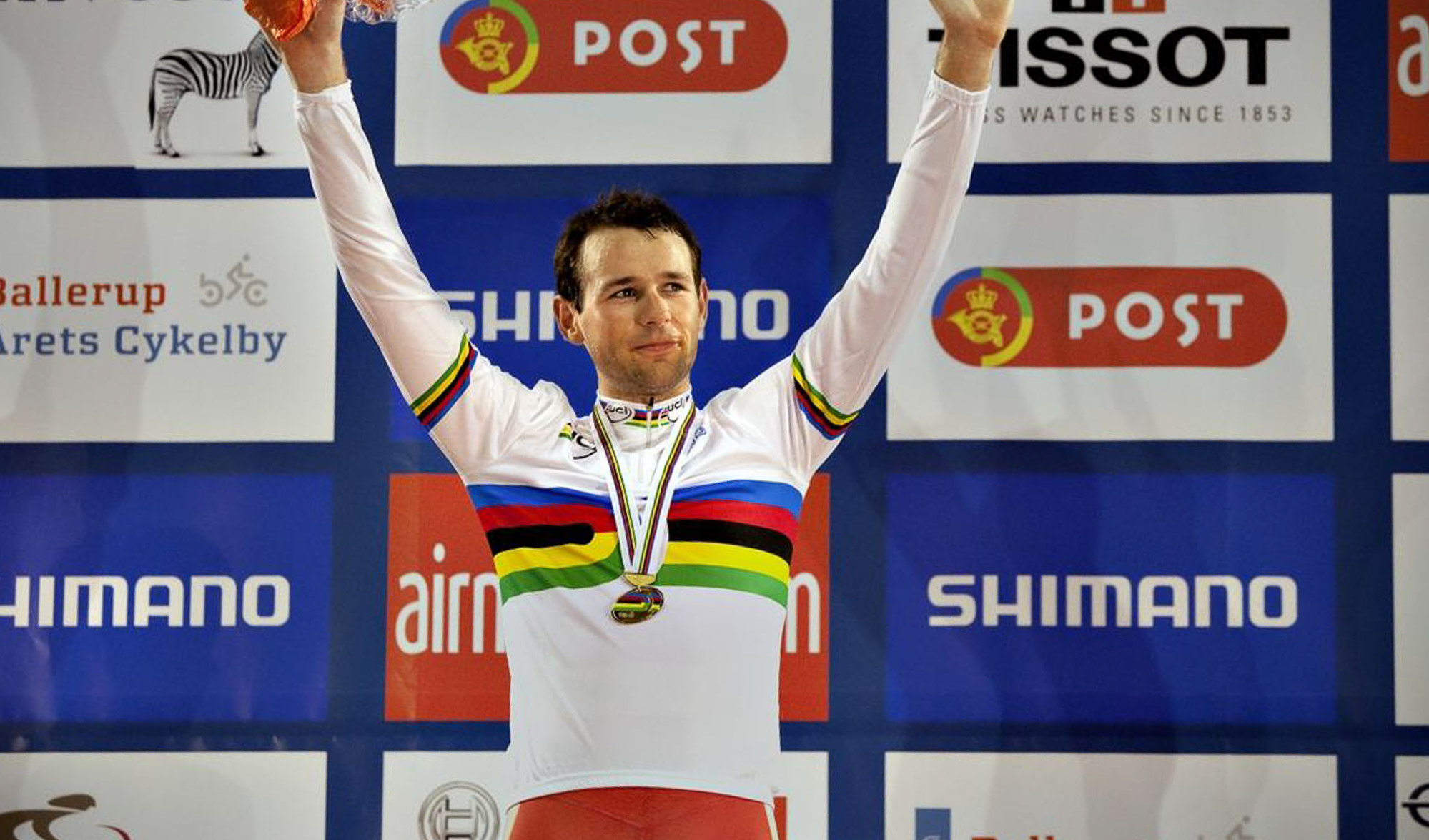
And the low point?
“In that 2012 Giro which started in Denmark there was a team time trial at Verona when the race got back to Italy, I was dropped from the squad on a hill, if I’d held on then I would have had the maglia rosa…”
Danish cycling is really strong right now on track and road, what do you put that down to?
“Much of it comes from the track programme, they’re producing strong riders and of course, success breeds success.
“Look at British Cycling; Cav and Wiggo started things for GB on the road after the country’s track successes – since then GB riders have enjoyed great road success with Geraint Thomas, Luke Rowe, the Yates brothers and now the likes of James Knox and Hugh Carthy.
“But I can remember a time when GB riders just weren’t rated.
“I think Jakob Fuglsang’s successes then those of Valgreen and Cort inspired the current generation with Asgreen, Stokbro and Kamp all producing strong results.”
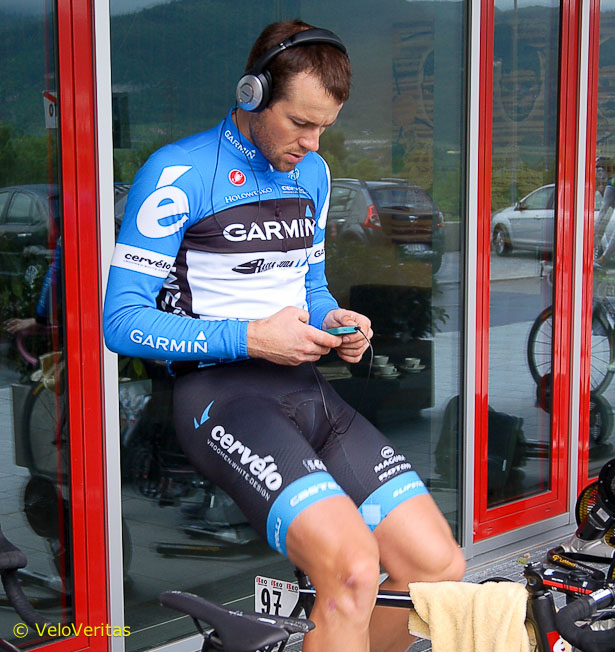
Zwift, where did it come from?
“I’ll give you the official quote on this one:
‘The company responsible for Zwift, Zwift Inc., was co-founded by Jon Mayfield, Eric Min, Scott Barger and Alarik Myrin in California, United States, in 2014. The Zwift game was released in its beta version in September 2014 and became a paid product with a fee of $10 per month in October 2015.’
“Jon is the man behind it but he’s quite a reserved character and not the ‘face of Zwift,’ he’s from Los Angeles where the roads are obviously very dangerous, he did a lot of indoor cycling so wanted to come up with something that made training at home more fun, he got involved with Eric Min and it all went from there.
“They’ve doubled the number of subscribers every year since.
“I got to know about it and would use it for training in the hotel in the mornings when I used to ride the Six Days.”
How did you get involved with Zwift?
“My old friend from when I lived in Girona and from my days on the track – he was World Scratch Champion the year before me in 2004 – Greg Henderson from New Zealand [also long term lead-out man for Andre Greipel at Lotto and won stages in the Vuelta, Paris-Nice and Catalonia, ed.] approached me and told me they needed a man for Scandinavia.”
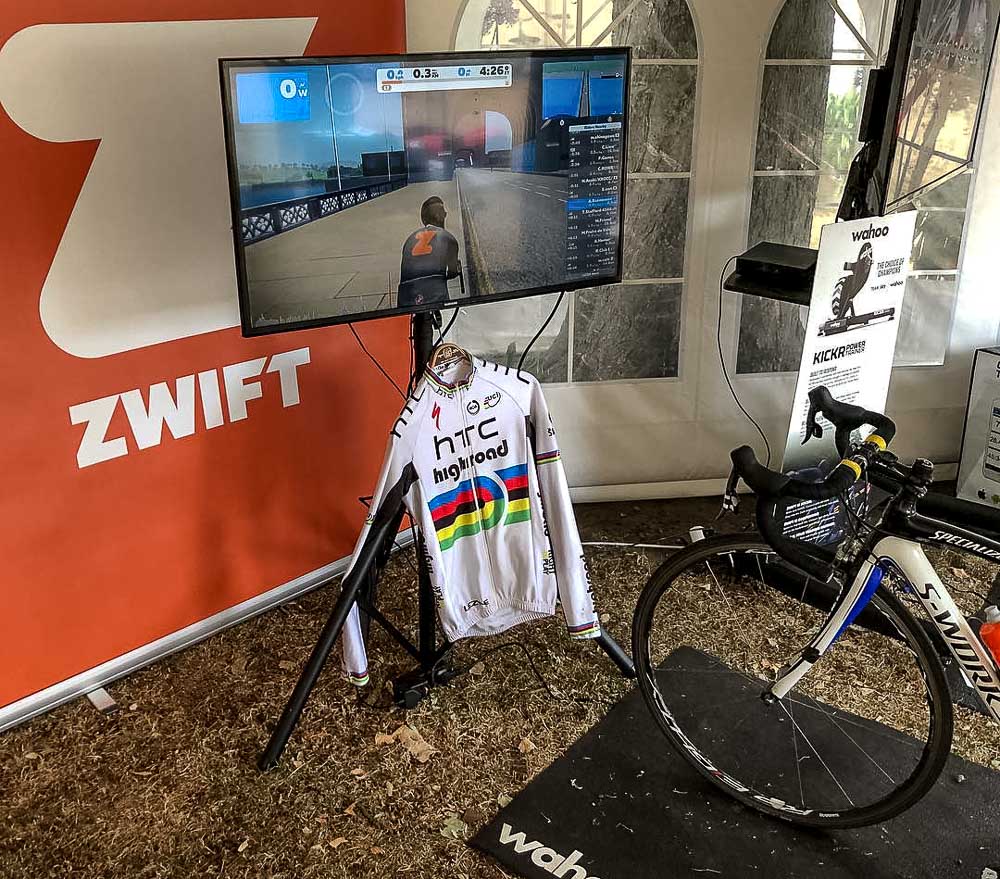
How popular is it?
“I’m not going to quote numbers but there are A LOT of subscribers; Zwift is active in 180 countries with as many subscribers in Europe as there are in the USA, which is what you might expect given the cycling culture on this side of the Atlantic.
“The European HQ is in London and I speak to them weekly about what I’m up to – this interview for instance – and I have a podcast coming up soon with Brian Holm.”
I remember you telling me that you’d set up a pro on Zwift who’d crashed and couldn’t ride his bike on the road?
“Yes, that was Team Sky’s Norwegian rider, Kristoffer Halverson. He crashed in the People’s Choice Classic in Australia last year and broke his hand, he couldn’t ride the road so I set him up with Zwift so he could keep his condition; the crash was in mid-January and he rode the Abu Dhabi Tour in February.
“Zwift is a great tool, it encourages everyone from beginners to World Tour professionals to train year round.”
What do you need to get organised; is your ordinary laptop up to the job?
“Your laptop is fine, even a smartphone – but you’ll need a bike, too!
“The main purchase is the ‘smart trainer’ the three market leaders are Wahoo, Tackx and Elite; one of these will cost in the region of £500 to £900 [we’ve seen a new Tackx Bushido on offer for £285 with one of the big British on-line outlets, ed.] and that’s your one time main expenditure.
“Your subscription is $15:00 dollars/month and you’re ready to go.”
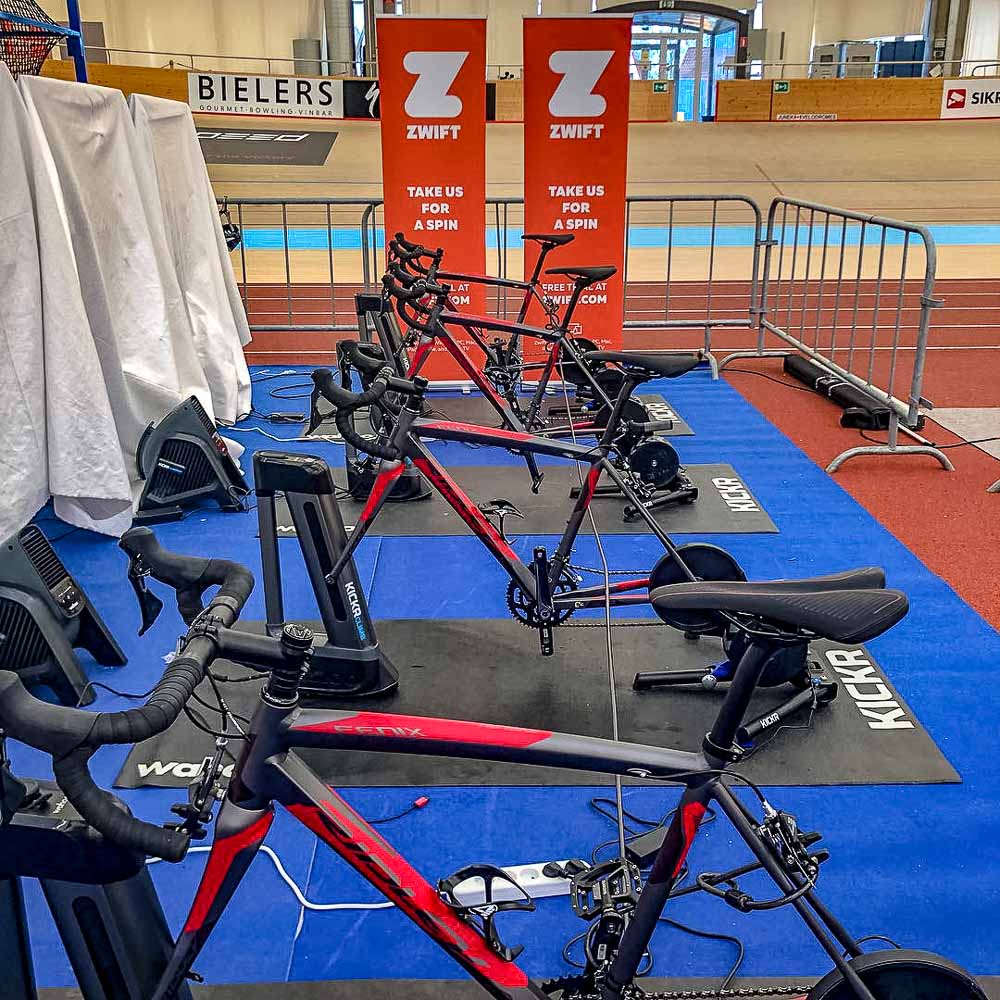
Tell us about the ‘Maglia Rosa Zwift.’
“That was a collaboration with the Giro organisers where the whole parcours of Stage One was loaded in 3D and you could measure yourself against the pros.
“ASO are keen to get involved and there will be collaboration with them at some stage.”
One of my Danish friends says;
‘I don’t get Zwift… what’s wrong with lonely hours in rain, frost and headwind? Zwift is like playing indoor golf, if you ask me. If you sit indoors all winter in the warm garage then you don’t get the same rush on the first day in shorts with the sun shining, the birds singing and the baker waiting for you with fresh croissants and coffee.’
“Yes, I’m used to that reaction, I had similar ones from Danish ex-pros Rolf Sorensen and Per Bausager.
“You have to look at it as something that’s not trying to take over from road sport, rather another leg of the sport like track, BMX, ‘cross or MTB.”

I’ve seen virtual race competitions where participants pay an entry fee and the winner lifts the ‘pot’ – it can be big money.
“That’s an aspect Zwift are hesitant about, when you introduce money it’s a different ball game; there have to be more rules and you increase the likelihood of cheating.
“When I run competitions, say in a Rapha or Specialized store I never ask anyone their weight, you have to trust them, it’s all for fun, after all.
“But when you get into championship racing – there’s a British ‘e’ champion, Cameron Jeffers – and I’m looking to organise a Danish ‘e’ championship this year then at that stage you have to weigh people.
“Like all sport at the highest level it’s deadly serious so as well as checking riders weights I make sure that all eight Zwift stations are re-calibrated on the morning to make sure that they’re all on a par.”
The future?
“The development of Zwift and cooperation with big race organisations will continue and so will the cooperation with the UCI.
“When the UCI get involved it means the onus comes off Zwift when it comes to rules – whereabouts, doping…”

With thanks to Alex and wishing him every success with his new career. Now that’s the knowledge brushed-up on Zwift, I just need to find out why 28mm tubeless tyres are faster that 18mm tubulars…



